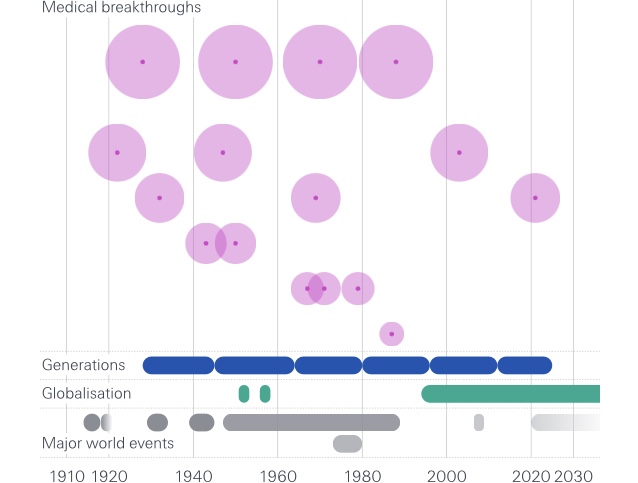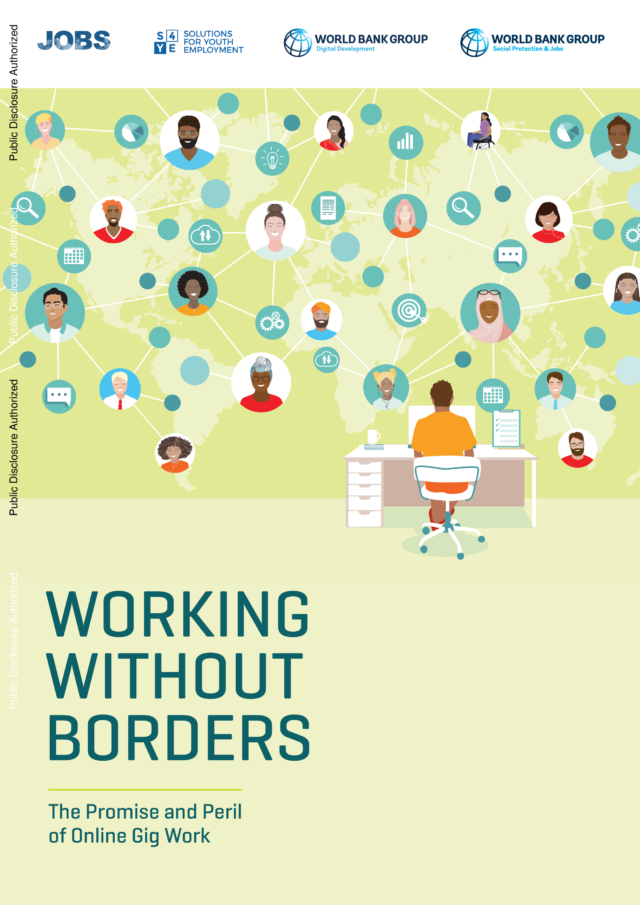Latent Cumulative Disadvantage: US Immigrants’ Reversed Economic Assimilation in Later Life
By Leafia Z Ye One of the most salient findings in research on immigration has been that immigrants experience substantial economic mobility as they accumulate more years in the host-society labor force and eventually approach earnings parity with their native-born counterparts. However, we do not know whether this progress is sustained in retirement. In this paper, I develop a framework of Latent Cumulative (Dis)advantage and hypothesize that even as immigrants are approaching parity with the native-born in terms of current...










